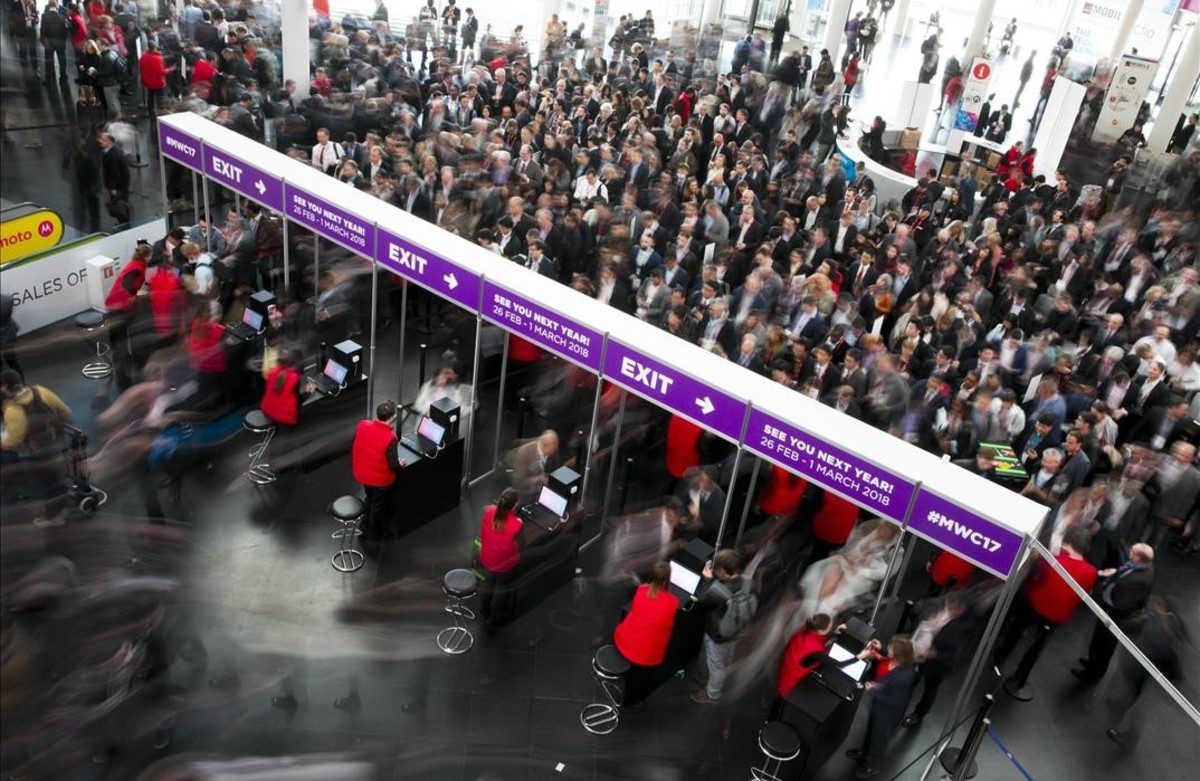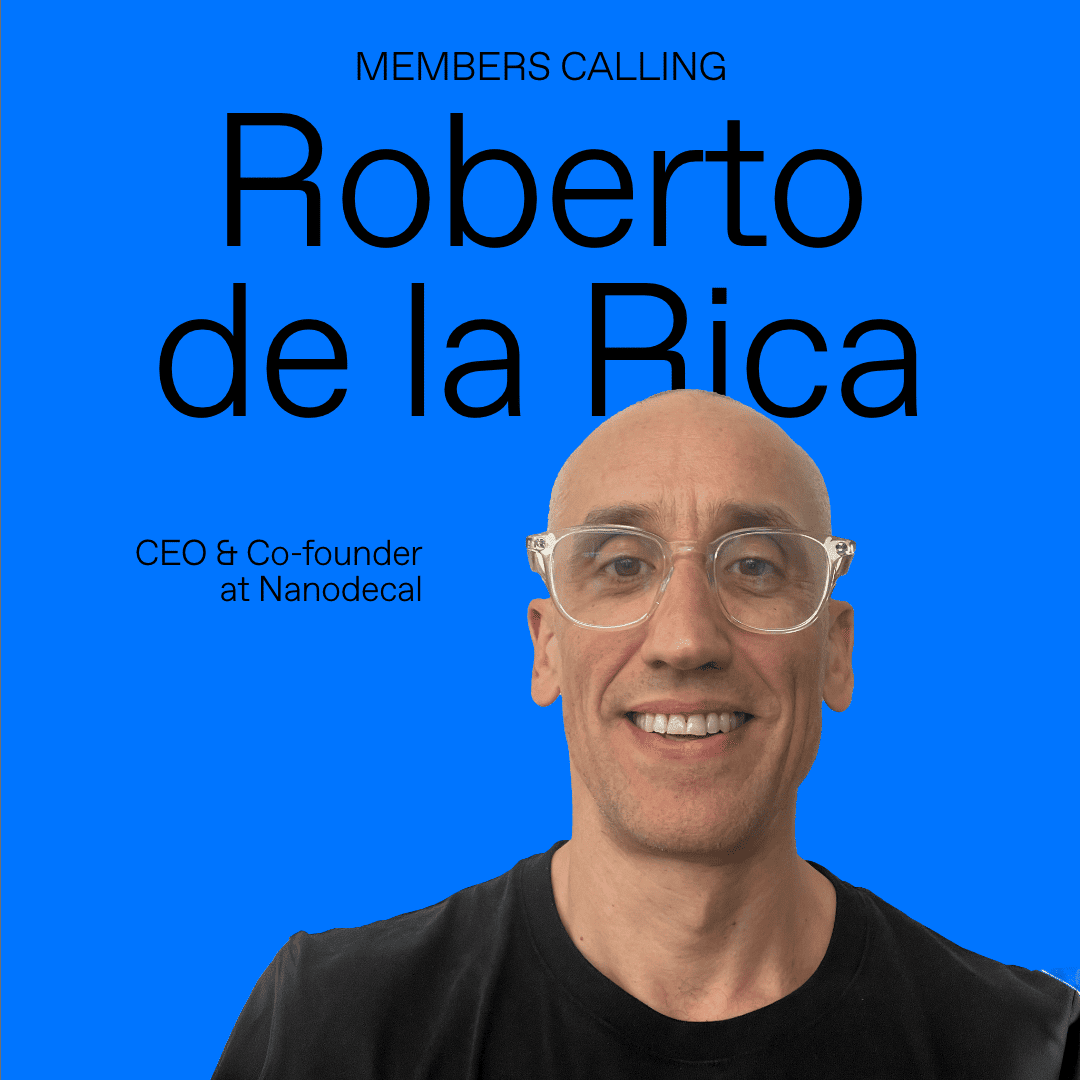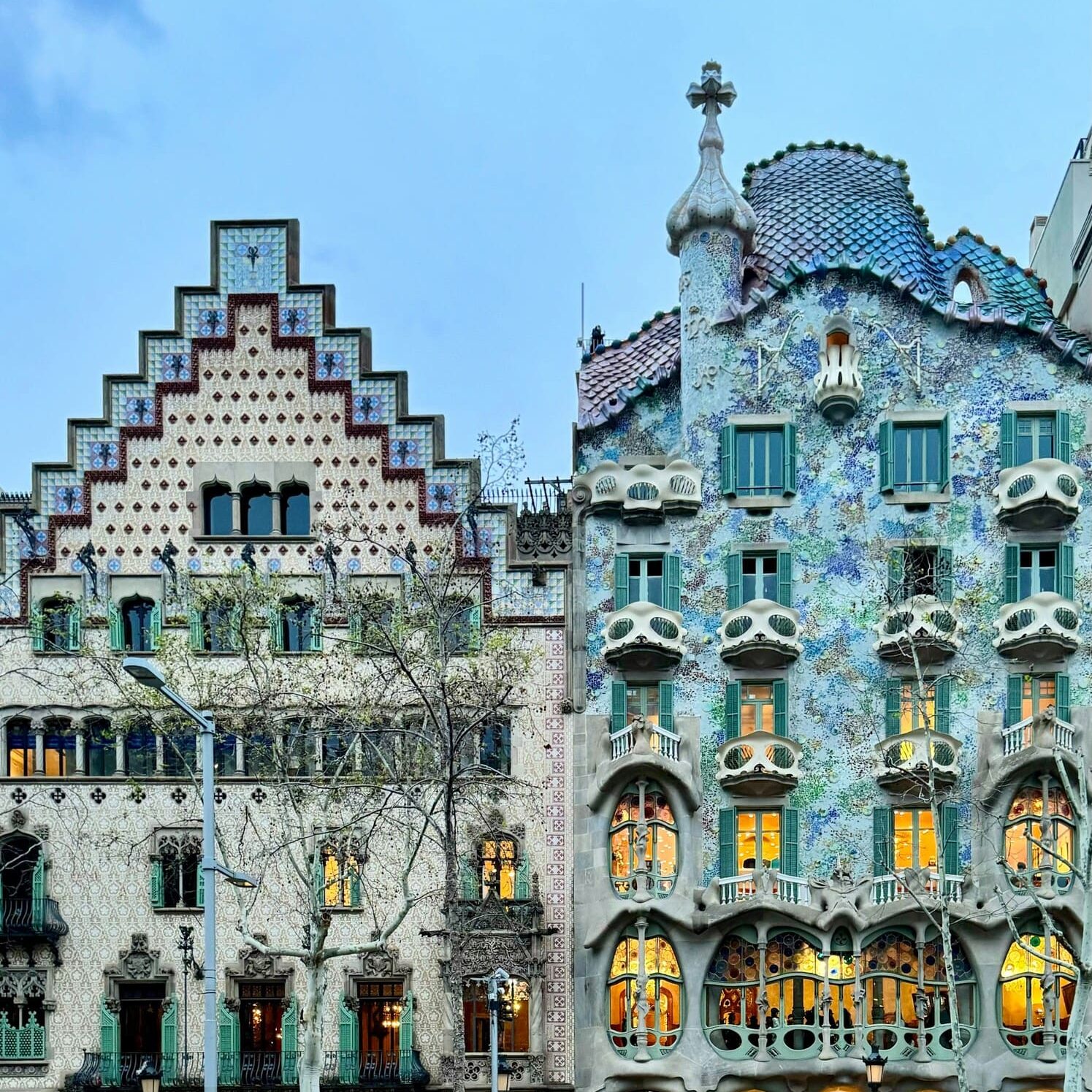Noticias
What did we learn from MWC 2017?

This year’s Mobile Talks 2017, an annual event organised by MWC Capital and Barcelona Tech City, analysed the trends in technology presented at the 2017 editions of Mobile World Congress and 4YFN. The greatest takeaway of the event was tips invited speakers offered about how to get the most out of these two major events held yearly in Barcelona.
During this year’s session, erstwhile CEO of Mobile World Capital Barcelona Aleix Valls, Co-Director of Roca&Salvatella Genís Roca, Seat’s Digital Officer Fabian Simmer and Grupo Gas Natural Fenosa’s Director of Strategy, Technology and Innovation José María Boixeda shared their outlooks on key areas of focus at MWC 2017 such as artificial intelligence, 5G and the Internet of Things.
The following is a summary of the 10 main points raised by experts during a debate moderated by Cink CEO Sergio Cortés on the changing state of digital technology:
- Be prepared to get the most you can out of the event
Attending the MWC without any prior planning reduces what you get out of the experience. “Visiting MWC on your own is like entering a contemporary art gallery without a person qualified to explain what you’re looking at is about”. The best option is to take a guided sector tour. “Because local people don’t do much to prepare for events held in Barcelona, they tend to like 4YFN, which is more oriented towards casual traffic than MWC. People behind start-ups are more likely to pull you aside and talk to you because they’re eager to promote their projects”, Genís Roca explains.
- The growth in artificial intelligence
Artificial intelligence has reached the industrial application stage and is progressing at a pace that will undoubtedly lead to major solutions in the future. The automotive sector, which maintains a presence at MWC, is using AI to develop virtual assistants capable to taking decisions and offering drivers options that make their lives behind the wheel a whole lot easier. Vehicles will soon be able to process available data, perform situational analyses and take data-based decisions.
- 5G and the importance of reducing latency
The implementation of 5G networks will mean faster connections, higher data transfer speeds, lower latency and a greater capacity to simultaneously support multiple devices. The main beneficiaries of this new technology include the automotive industry, cities, transmission networks and delivery channels, drone ventures and the automation sector. For the automotive industry, it will suppose the roll out of driverless vehicles. According to Fabián Simmer, who as digital agent for Seat presided over the company’s first solo stand at MWC, “5G is the heart and soul of autonomous technology because it is what enables the vehicle to make decisions. It’s a thousand times faster than 4G and, more importantly, the latency of 5G networks is five times lower”.
- The Internet of Things, the great promise of the future
Gas Natural Fenosa’s Director of Strategy, Technology and Innovation Josep Maria Boixeda asserts, “The Internet of Things and the world of sensors continue to be the greatest promise of the future of technology”. Many companies are now able to capture and monitor data needed to produce smart products and services that anticipate user needs. The main stumbling block at the moment is the lack of standardised protocols. “We don’t have an adequate framework for building an ecosystem or establishing a firm set of standards to go by because every company is creating its own protocols”, Boixeda lamented, “While we are hoping the situation changes, it may be necessary to put pressure on other sector players”.
- Virtual reality and monetisation
According to Mobile Talks experts, the future of virtual reality beyond video game and other entertainment sectors remains uncertain. Aleix Vails believes “the problem with VR is precisely that it’s virtual and doesn’t allow for follow-up in the real world,” and “it will be difficult to discover other applications for this kind of immersive experience”.
- Underrepresented but promising technology
The MWC is increasing less about mobile and more of a showcase for a wide spectrum of other technologies. This supposes that some fall by the wayside. One example is blockchain, a technology that has transformed the way we think about economics but about which little new was said at this year’s MWC. “Energy regulation in our countries is not doing much to speed the development of this technology, but there are people coming up with some very interesting new ideas. On the other hand, what appear to be efforts on the part of the fintec sector to tame the technology have caused some minor damage” Josep Maria Boixeda explained.
Another example is graphene, which was one of the most promising technologies presented at the 2016 MWC. Following this initial boom, it had much less presence at the 2017 MWC, where it was framed more in terms of its future potential than the other technologies being displayed. “I think that fifteen years from now we’ll have an entire pavilion devoted in graphene”, Valls asserted.
The cyber security sector and Amazon’s Alexa also had lower profiles at this year’s MWC than roundtable experts had expected.
- Asian leadership
Although the line that divides East and West is steadily becoming hazier, Asia’s tech sector clearly outshines the West’s, not only in terms of technological innovation but in other areas such as services as well. “The IoT initiatives Ali Baba has launched in its domestic market are light years ahead of what Google and Amazon are currently offering”, Valls asserts. “Any lingering notion that ‘Asia copies what the West designs’ should be put to rest because the Asian marketplace is gaining traction as a global trendsetter”. Whereas products used to be designed in Western countries regardless of where they were later manufactured, more and more are being created from start to finish in Asia.
- 4YFN: Start-ups and entrepreneurs
If the MWC is centred on technology, the 4YFN is much more about entrepreneurs. This is where you can get first hand information about the practical applications of vanguard technologies from the start-ups and entrepreneurs who are developing novel business models and translating potential into viable goods and services. As MW Capital’s CEO Aleix Valls aptly puts it, “This is the key to everything, which is making innovation pay”.
As Genís Roca points out, “the Mobile World Congress decided to come to Barcelona but Barcelona decided create 4YFN in Barcelona”.
- The involvement of a diverse range of sectors
The MWC is now a multi-sector event with an increasing impact on a wide variety of industries. The growing interest of an ever-broader range of companies is making the MWC a more diverse showcase. “We want a big-picture MWC that goes beyond mobile technology and covers other sectors. I think we’ll be seeing much more participation on the part of the health care and the automotive sectors going forward”, Simmer predicted.
- Connected vehicles
The automotive industry was one of the better-represented sectors at this year’s Mobile. Unconnected cars being a thing of the past, firms focusing on automotive connectivity had an ample and relevant presence at the event. The amount of engineering upon which a given sector depends greatly determines its level of interest in participating in MWC. “When you look at the event from a sector perspective, it makes much more sense for those in which various types of engineering are involved, ” Genís Roca notes. What’s about to occur in the automotive sector over the next ten years will be more interesting than anything else that has happened during the previous 130 years of the industry’s existence.
BONUS TRACK
The MWC has allowed Barcelona’s community of entrepreneurs to do in a decade what counterparts elsewhere have taken twice the amount of time to achieve. It has created a solid digital ecosystem that employs over 12,000 people. “It has required effort, but I think the city has begun to value its relationship with the MWC. Initial expectations regarding what the event was going to deliver were very high; the city is steadily getting a better grasp of its potential ramifications, but it hasn’t yet managed to get as much out of it as it could”, the co-director of Roca&Salvatella notes. Although everything the invited experts had to say at Mobile Talks was interesting, the possibility of making next year’s edition more dynamic by adding an audience participation component is currently under discussion.


